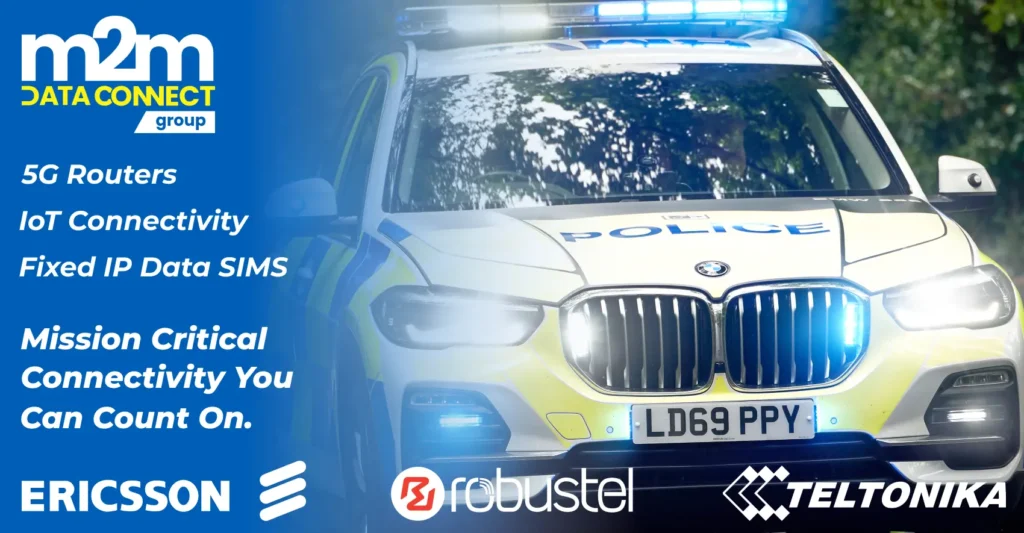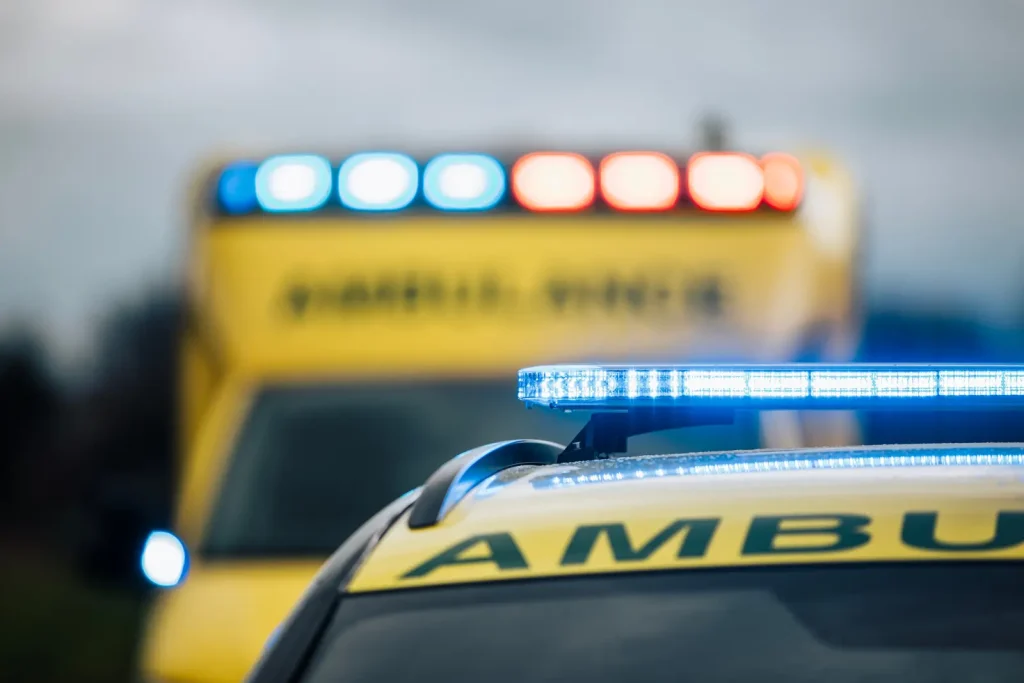Why IoT Connectivity Is Critical for Emergency Services
In high-stakes situations where every second matters, the Internet of Things (IoT) is revolutionizing emergency services. From reducing response times to enhancing situational awareness, IoT connectivity is becoming a cornerstone of modern emergency response systems. See how IoT can transform your emergency operations – get in touch today.
1. Real-Time Data for Faster Response
IoT devices like connected sensors, GPS trackers, and wearable health monitors provide instantaneous data that can be life-saving. For example:
IoT integration can reduce emergency response times by up to 35%, enabling faster arrival of ambulances, fire trucks, or police units.
Smart traffic systems can automatically adjust signals to clear paths for emergency vehicles.
2. Enhanced Situational Awareness
IoT-enabled drones, surveillance systems, and environmental sensors give responders a 360-degree view of emergencies:
80% of EMS agencies report improved dispatch accuracy with IoT-enabled systems, thanks to real-time geolocation and environmental data.
Sensors in buildings can distinguish between smoke from cooking and an actual fire, ensuring the right units are dispatched.
3. Predictive Analytics and Prevention
IoT allows emergency services to move from reactive to proactive:
Remote asset monitoring is the top IoT use case globally, accounting for 34% of deployments.
Predictive maintenance and health monitoring can prevent equipment failures or medical emergencies before they escalate.
4. Resource Optimization
IoT helps emergency services manage resources more efficiently:
Vehicle fleet management and location tracking are among the top five global IoT use cases, each with over 30% adoption.
Smart inventory systems ensure critical supplies are always available and track usage in real time.
5. Improved Communication and Coordination
IoT enables seamless data sharing across agencies:
Unified dashboards aggregate data from multiple sources—sensors, wearables, vehicles—allowing for coordinated, data-driven responses.
Automated alerts reduce reliance on human reporting, speeding up decision-making.
6. Public Safety and Engagement
IoT empowers citizens and communities:
Smart home devices can automatically alert authorities in case of fire, break-ins, or medical emergencies.
Wearables can detect falls or abnormal vitals and trigger emergency calls without user input.

Key Statistics at a Glance
18 billion IoT devices were in use globally in 2024, projected to reach 20.1 billion in 2025
IoT can improve emergency response times by 30–40% in smart cities
IoT-enabled dispatch systems improve accuracy by up to 80%
IoT connectivity is not just enhancing emergency services, it’s redefining them. With real-time data, predictive insights, and smarter coordination, emergency responders can act faster, safer, and more effectively. As cities and agencies continue to adopt IoT, the future of emergency response looks not only more connected, but more capable of saving lives.




